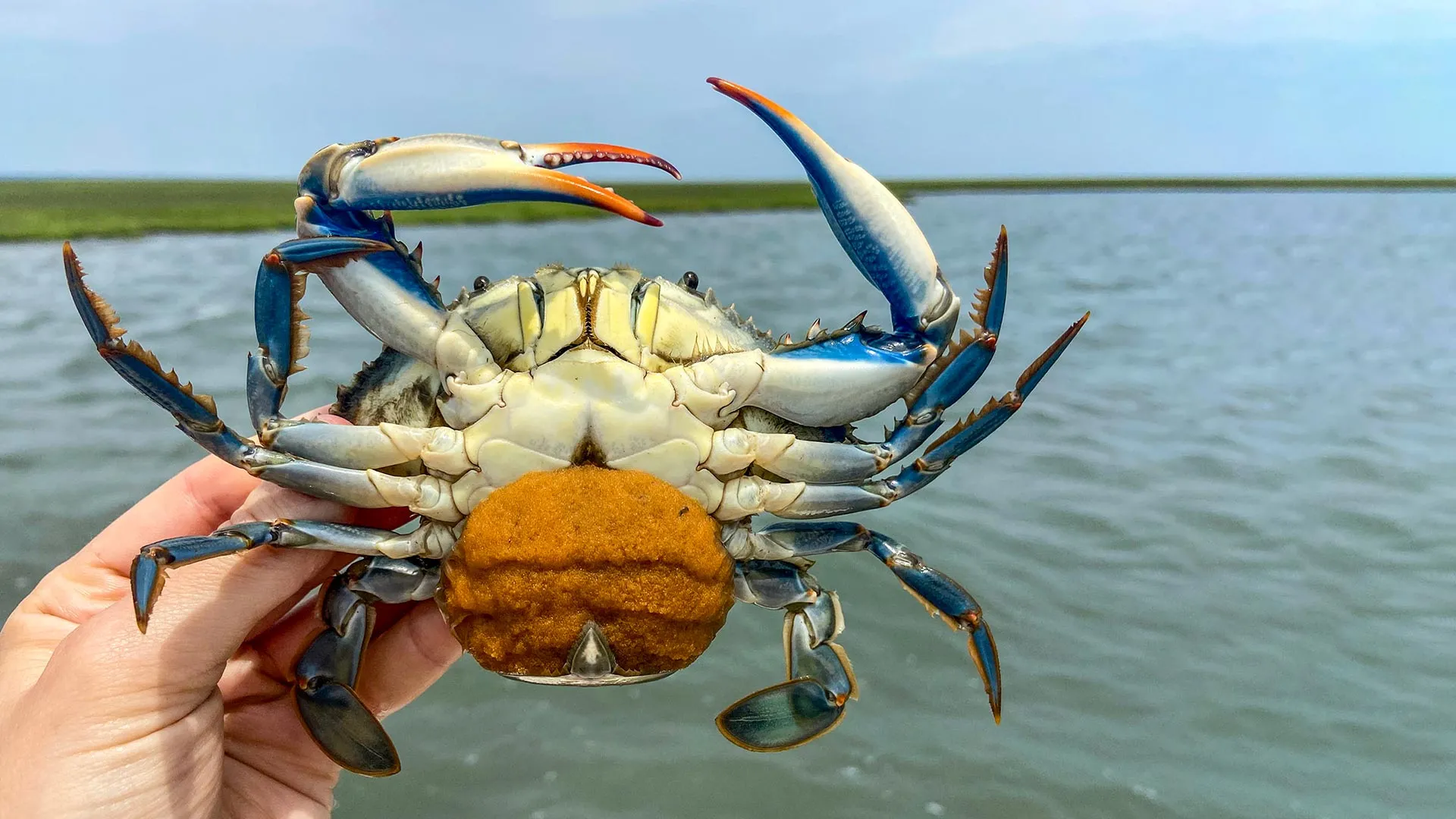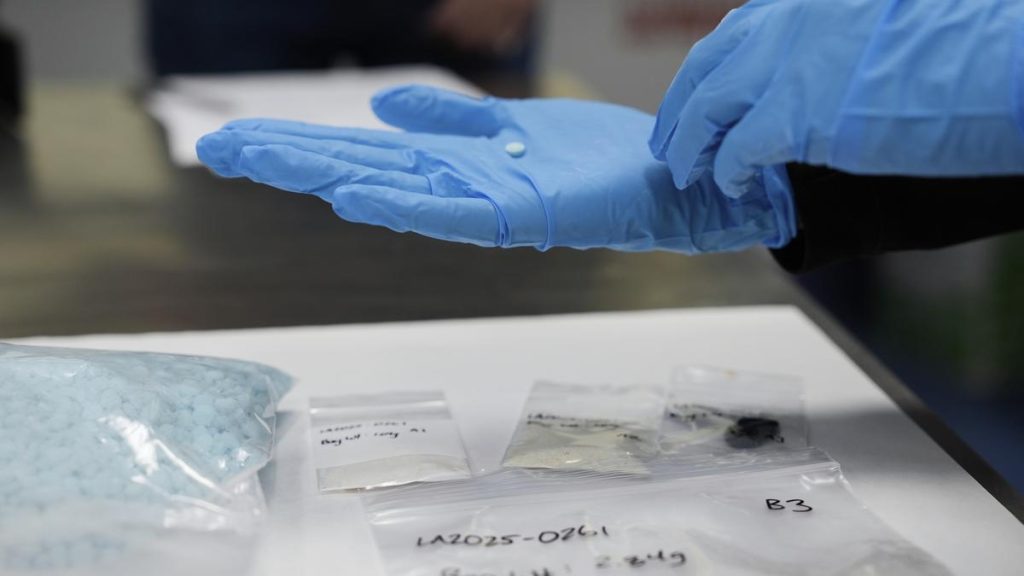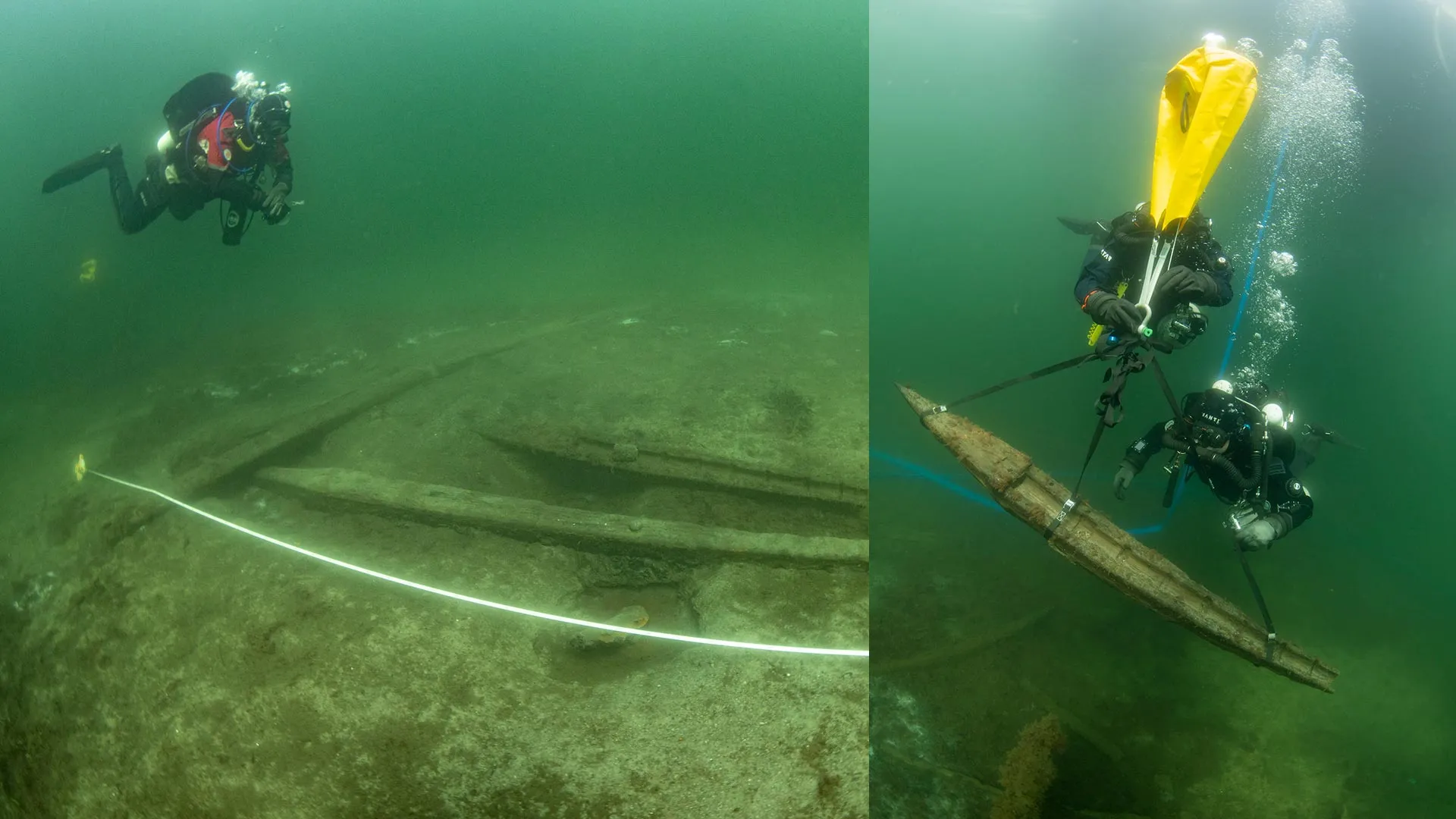Now Reading: Worms May Hold Key to Protecting Chesapeake Bay’s Blue Crabs
-
01
Worms May Hold Key to Protecting Chesapeake Bay’s Blue Crabs
Worms May Hold Key to Protecting Chesapeake Bay’s Blue Crabs

Fast Summary
- Study Focus: Research by William & Mary’s Batten School & VIMS suggests parasitic worms (carcinonemertes carcinophila) might serve as biomarkers to improve blue crab fishery management in Chesapeake Bay.
- Worm Characteristics: These worms infest and live on the egg clutches of female blue crabs and can survive across a wide range of salinities, including low-salinity waters (as low as 5 psu).
- potential as Biomarkers: The worm’s survival ability throughout different salinities makes them useful for identifying whether female crabs have spawned and monitoring fecundity changes over their lives.
- Fishery Implications: Blue crab populations are declining, with reproductive output higher in first-time spawners (primiparous) than in later clutches. Protecting such primiparous crabs could improve population recovery.
- Management Benefits: Insights from the research allow better understanding of spawning dynamics, aiding efforts to balance commercial harvests with ecological sustainability.
Indian Opinion Analysis
this study underscores the critical role scientific advancements can play in managing natural resources amidst environmental challenges. While focused on Chesapeake Bay, its methodology could inspire fisheries worldwide-including India’s-facing resource depletion. By identifying key indicators such as spawning metrics, authorities may regulate harvesting practices to ensure long-term population health. For India’s aquatic ecosystems under threat from overfishing and habitat degradation, adopting data-heavy approaches like these could align economic interests with ecological preservation.Read More























